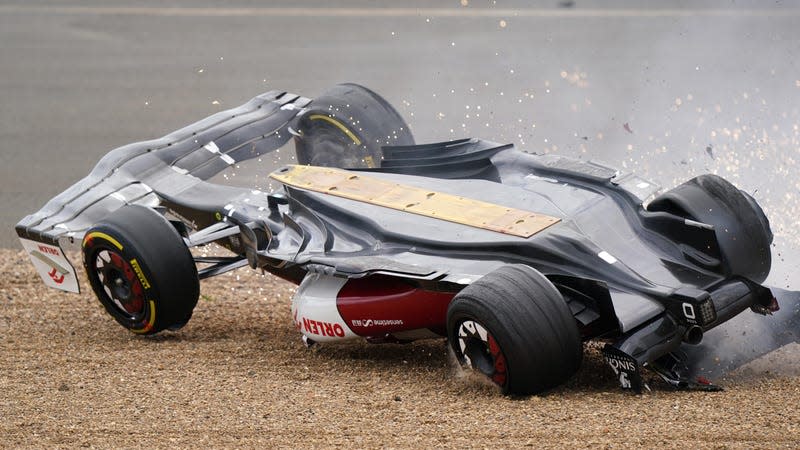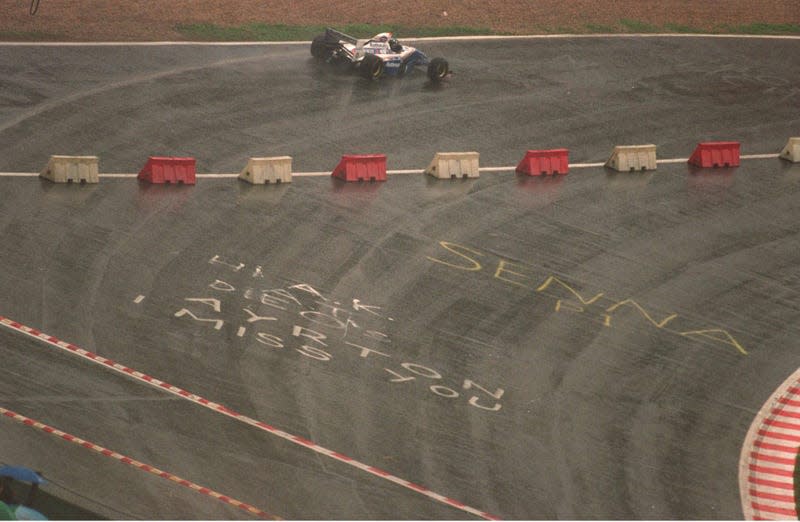The Simple Plank That Got Hamilton And Leclerc Disqualified Is One Of F1s Best Safety Devices

The underside plank seeing the Sun is never a good thing during the F1 weekend
Lewis Hamilton and Charles Leclerc were disqualified from the United States Grand Prix Sunday after their cars failed post-race inspection. What was the infraction? The floor-mounted planks on both their cars were worn too thin. It seems ridiculous to throw out a driver over a board three-eighths of an inch thick, but the simple device is one of Formula 1's best safety measures.
Every Formula 1 car has a ten-millimeter thick plank of glass-reinforced plastic bolted down the center of the underside. If a car is bottoming out against the track surface, the plank will be sanded away. The aim is to prevent teams from running their cars with dangerously low ride heights. Race officials won’t hesitate to disqualify a driver if over a millimeter of the board wears away during a race like last weekend.
Read more
Artists Can Fight Back Against AI by Killing Art Generators From the Inside
Mike Flanagan's Next Stephen King Adaptation Adds to Its Marvelous Cast
Aerodynamics has always been an aspect of technical development in Formula 1. Teams initially aimed to reduce drag to maximize straight-line speeds, but the focus would shift to generating downforce. The late 1970s would see teams use the chassis itself to produce downforce with ground effects. The FIA would mandate flat-bottomed cars in the 1980s, but the genie was out of the bottle and still wanted to have as low a ride height as possible.


 Yahoo Autos
Yahoo Autos 